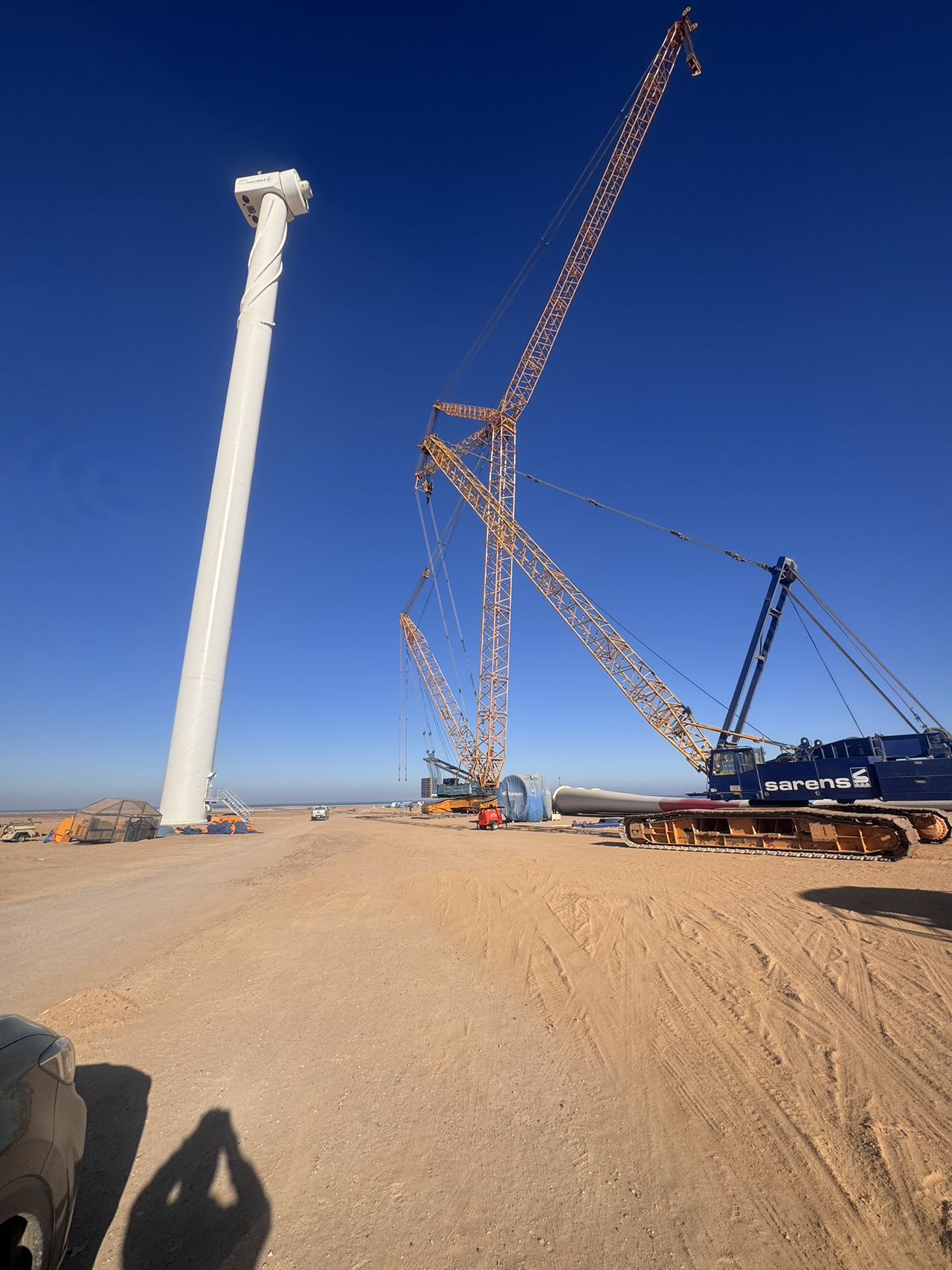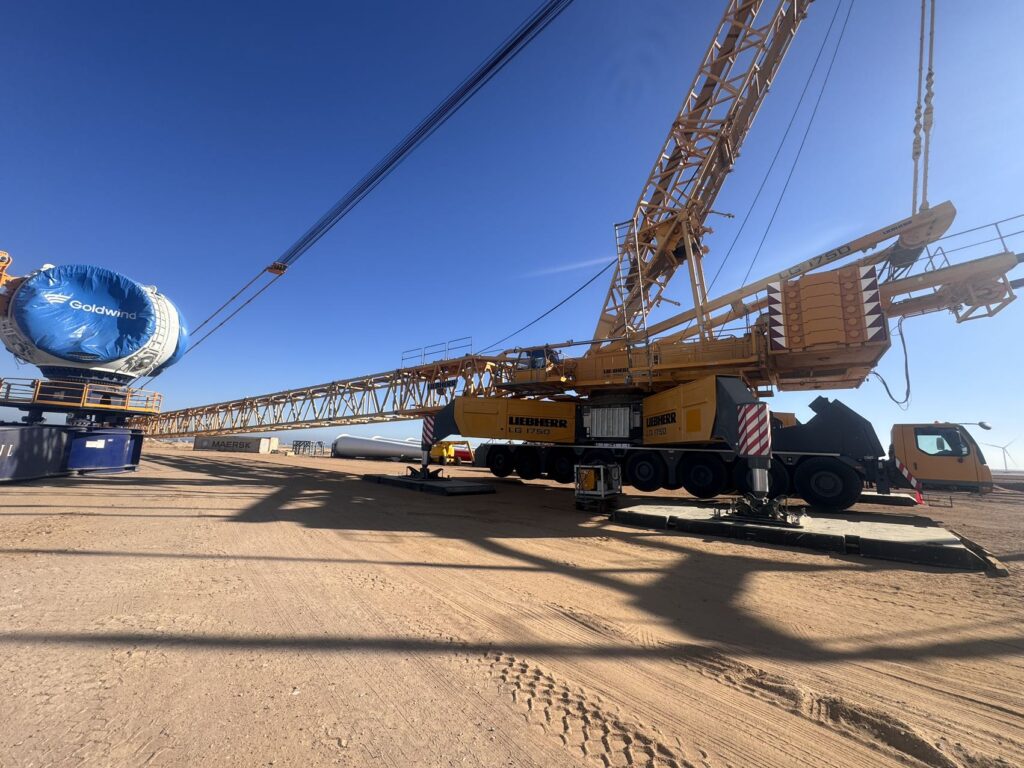Address
85 Great Portland Street, First Floor, London, England. W1W 7LT
Phone: (+44) 7735159886
Address
85 Great Portland Street, First Floor, London, England. W1W 7LT
Phone: (+44) 7735159886

Against the backdrop of global efforts to reduce carbon emissions and promote energy conservation, energy storage has experienced explosive growth. The development of energy storage has provided better integration for wind power generation, which, due to its inherent instability and unpredictability, faced challenges in efficiently utilizing the generated electricity. After a period of rapid growth, wind power entered a phase of slower development. However, the advancement of energy storage has ushered in a new phase of growth for wind power.
Wind power generation involves directly converting wind energy into electricity using wind turbines. As a form of renewable energy, wind power offers an effective and feasible solution to environmental and societal issues associated with traditional energy sources. It is estimated that the global potential wind energy resource is around 20,000 GW, approximately 10 times the available hydropower resources globally. Utilizing just 1% of wind energy could generate 8-9% of the world’s current total electricity production. Due to its eco-friendly nature and short construction cycles, wind power has gained widespread attention and promotion worldwide.
Analyzing the overall global trend in wind power development, the industry is shifting from onshore to offshore, displaying a trend toward large capacity and decentralized development. With continuous innovations in wind power technology, including increasing individual unit capacities, significant advancements have occurred in design, manufacturing, and control technologies. Wind turbines have evolved from stall regulation to pitch regulation, from fixed-speed operation to variable-speed operation, and from gearbox transmission to direct drive technology. The continuous innovation and development of wind power technology have led to increased wind energy utilization rates, improved efficiency, and significantly reduced generation costs. Over the past decade, wind power has become a new energy source with generation costs closely approaching those of conventional thermal power.

The energy structure in the Middle East is predominantly fossil fuel-based. However, with the acceleration of urbanization and population growth in the region, the pressure to reduce emissions has increased. Countries such as Saudi Arabia, the United Arab Emirates (UAE), and Egypt have introduced and updated renewable energy development goals to reduce dependence on traditional energy sources, accelerate energy transition, and contribute to economic diversification and sustainable development. According to a report by the International Energy Agency, based on current plans announced by Middle Eastern countries, the total renewable energy (excluding hydropower) capacity in the region will exceed 192 million kilowatts by 2030, 17 times the current level. Solar photovoltaic power is expected to account for over 42%, while wind power is estimated to contribute around 35%. The renewable energy construction status in various Middle Eastern countries is as follows:
1. Egypt has established the Aswan Benban Photovoltaic Industrial Park in the southern part of its territory, covering an area of 37 square kilometers. It is one of the world’s largest solar photovoltaic industrial parks. When completed in 2019, the park generated 2.4 billion kilowatt-hours of electricity from solar energy, effectively alleviating local power shortages. This project has become a “national business card” featured on Egyptian commemorative coins.
2. Saudi Arabia’s Ministry of Energy initiated the third round of national renewable energy tender last January, which included four solar photovoltaic power projects with a total installed capacity of 1.2 million kilowatts.
3. In January of the current year, the UAE’s Emirates Global Aluminium and the Dubai Electricity and Water Authority announced that the UAE became the world’s first country to produce aluminum using solar energy, achieving a technological breakthrough in renewable energy.
4. Since constructing its first solar photovoltaic power station in 2011, Algeria has operated 22 solar photovoltaic power stations.
5. Morocco and Jordan, rich in wind resources, consider wind power a crucial direction for renewable energy development. In 2019, Morocco ranked third in wind power installed capacity in Africa. Jordan currently has five wind farms located in Ibrahisha, Hafah, Ma’an, and Tafilah.
The economic structures of many Middle Eastern countries are generally singular, making them susceptible to geopolitical and international oil price influences. To reduce dependence on traditional energy sources, several countries in the region have formulated renewable energy development goals to expedite energy transition. Key renewable energy policies include:
1. Egypt aims to increase the proportion of clean energy in the total electricity generation to 20% by 2022 and 40% by 2035. The government of Egypt continuously improves management and regulatory mechanisms, sets subsidized electricity prices for solar photovoltaic power, and encourages capable international companies to participate in the renewable energy electricity market.
2. Saudi Arabia released its “2030 Vision,” targeting 60 GW of renewable energy capacity and a 50% share of renewable energy in the total electricity generation by 2030. The Saudi government also plans to invest $50 billion in renewable energy projects by 2023, implementing measures such as supporting local developers and relaxing restrictions on local solar panel manufacturers. The Saudi Industrial Development Fund has introduced a renewable energy financing plan.
3. Morocco plans to meet 50% of its electricity demand from renewable energy by 2030 and 100% by 2050.
4. The UAE unveiled its “2050 Energy Strategy,” aiming for 44% renewable energy, 38% natural gas, 12% clean fossil energy, and 6% nuclear energy in its energy structure by 2050. The total expected investment is 600 billion dirhams. The strategy projects an average annual growth of 6% in UAE’s energy demand over the next 30 years, a 70% reduction in carbon emissions from electricity generation, a 40% overall improvement in energy efficiency, and savings of approximately 700 billion dirhams.
5. Oman plans to achieve a 10% share of renewable energy in electricity generation by 2025.
Kuwait aims to achieve a 15% application rate of renewable energy by 2030.
ATL is committed to contributing to global energy conservation and emissions reduction. The company has engaged in productive and in-depth communications with governmental agencies and relevant entities in the aforementioned countries, making substantial progress in certain projects. It is believed that in the near future, ATL will bring about a new wave of progress in the Middle East wind power market for the United Kingdom.
